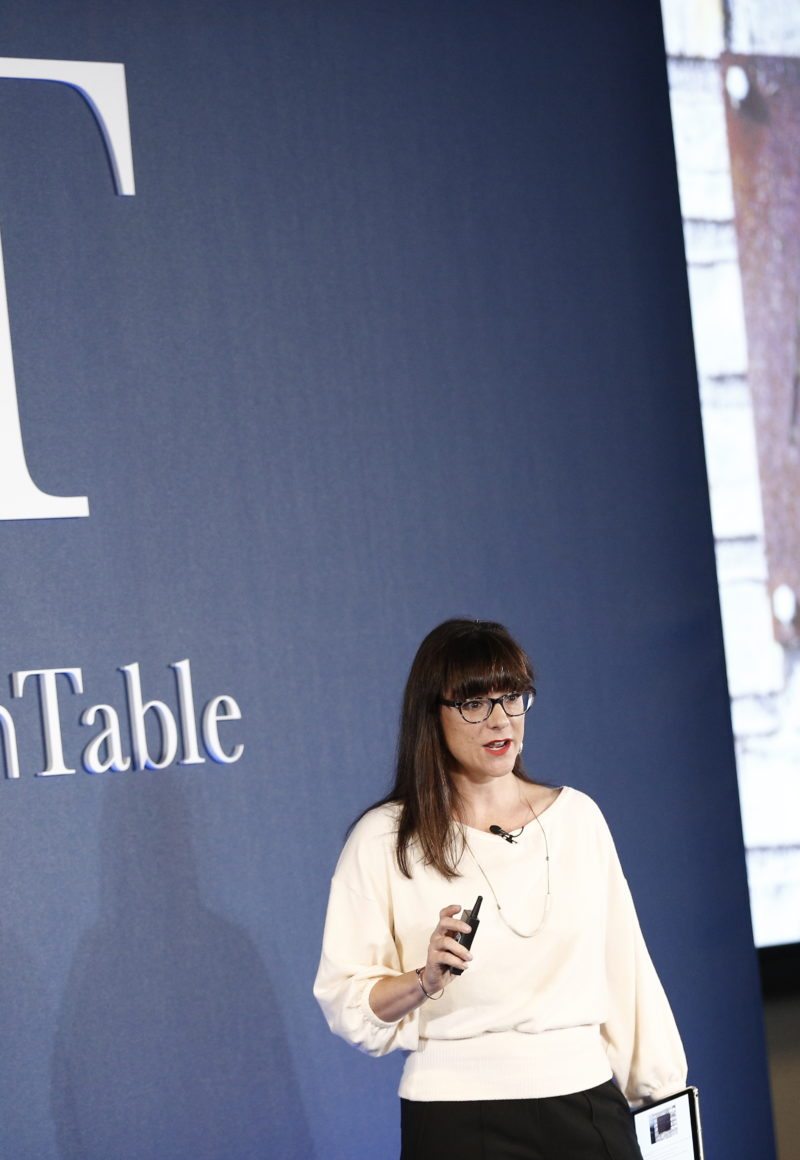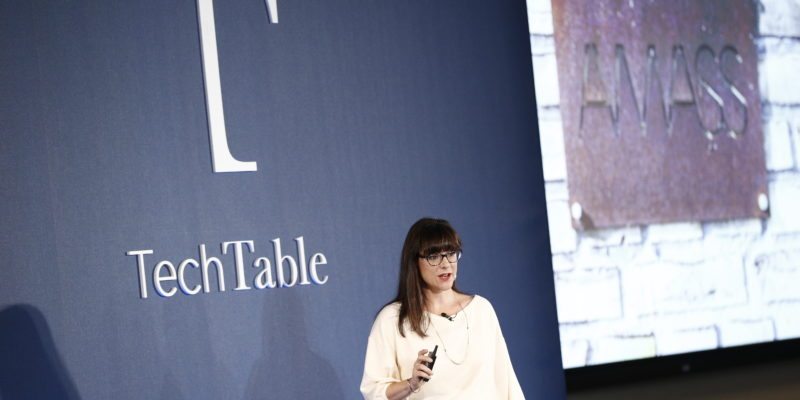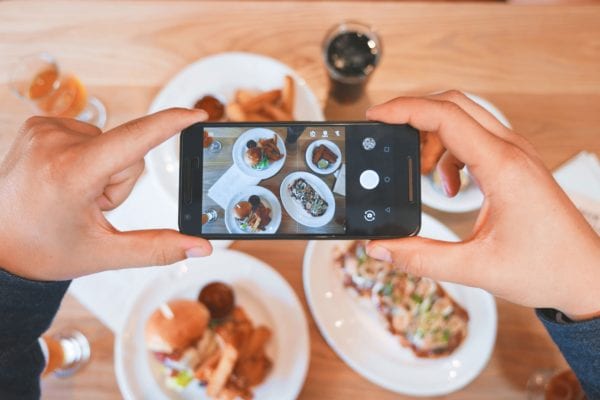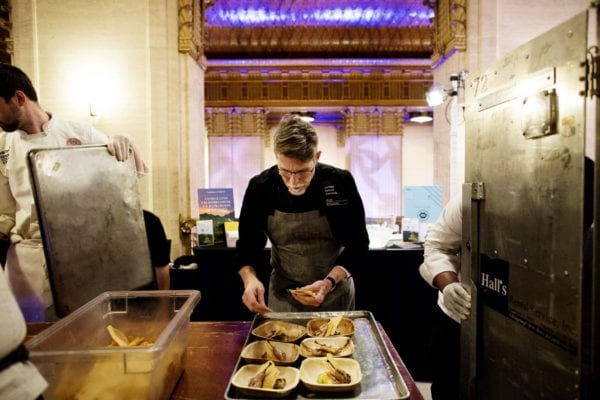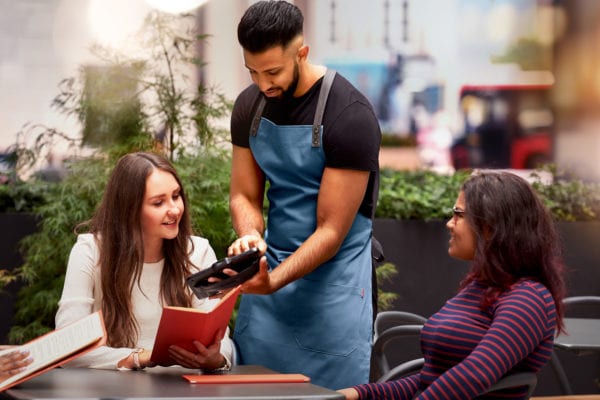Skift Take
With increasing agreement, restaurants and technologists understand that technology continues to fundamentally change the dining experience from start to finish. What's less clear is the exact path to success.
— Kristen Hawley
Yesterday’s third annual TechTable Summit in New York brought together business leaders and industry creatives to discuss the evolving use of technology in today’s restaurant experience. Here are six important themes from the event that will continue to drive change.
1. Restaurants aren’t unlike tech companies.
Chef David Barzelay said he created his award-winning San Francisco restaurant, Lazy Bear, as a response to the problems he found with restaurants. A restaurant’s job is to keep people from being bored, he says. He posited that, “when you solve problems by creating innovative solutions, that’s technology.”
In that vein, his road to business success is not unlike a tech company’s: the pop-up restaurant where he got his start is like a startup; his current brick-and-mortar space is the fully-formed company its grown into. This analogy doesn’t apply to all restaurants, but it does apply to his — investor-backing and all.
2. Designing for emotional intelligence is the new smart design.
IDEO‘s Meija Jacobs explained emotionally intelligent design in hospitality, from hotel buffets to facial recognition technology in restaurants as used by Healdsburg, CA restaurant Single Thread. Designing for emotional intelligence is important for guest-facing facets of the business, but “when it comes to the back of house, you’re still designing for people,” she says.
3. Success in fast-casual is a mix of strategy and proximity.
Cava’s chief data scientist Josh Patchus and CEO Brett Schulman described their fast-casual chain’s unique approach to optimizing every element of the in-store experience with sensors and data — from the consumer experience of ordering and waiting in line to staff training and on-boarding. Their aim: to use technology to enhance the human experience, not replace it. All the strategy in the world won’t help your restaurant if you don’t meet your customers where they are. “You can be one block away from success, waving to everyone down the street,” said Schulman.
4. Data and integrations will power smart hospitality.
Much technology is created in a silo, but thanks to open APIs and smart integration, restaurants can create customized technology solutions. By linking systems — like a reservations service and a car service, for example — a restaurant knows when you arrive and perhaps even more about you. In this case, data enhances the restaurant’s ability to know a guest ahead of the guest walking through the door.
This can also help streamline the in-restaurant experience and steps of service. “What happens when the POS system doesn’t have the burden of payment?” asked Resy chief technology officer Mike Montero, noting that most of us have biometric-protected smartphones that can handle payment. “A restaurant shouldn’t get in the way of the transaction between you and your bank.”
5. Do you build it yourself or use a third party provider?
Gather‘s Nick Miller said, “When you adopt software to do something manual, you’re giving up some control.” This plays into the decision to build software specific to your restaurant or to use a third-party vendor. Blue Bottle chief technology officer, Neil Day, says his company uses a mix of proprietary tech and third-party solutions. Much of the Blue Bottle cafe experience is unique to the company, he says, and any differentiated operational element needs a customized, in-house tech solution. “We knew we could own the experience and customize the entire process,” said Cava chief data scientist and director of technology, Josh Patchus. “You can go down a rabbit hole spending money on third-party software, but we want to create an experience that’s specific to our menu.”
6. Process and planning make operations work at scale.
In the next year, Neil Day says that Blue Bottle will nearly double from 54 locations to 100. In the face of hyper-growth, he’s worked to enhance data quality in the cafe’s ordering systems (there were 23 different system entries for a cappuccino, he says, before his team spent months cleaning up the system) and created processes for rolling out new menu items across stores. Blue Bottle pioneers any new system and process at its Oakland locations to be nearby to its HQ, then runs a seminar on functionality and uses a dedicated team member to sit with cafe employees as they learn the system.
At Lazy Bear, which serves its tasting menu in the style of an at-home dinner party, Barzelay has honed the offline processes that make his restaurant unique, from adjusting service to accommodate guests out of their seats (which he encourages) to his restaurant’s unique plating process (one chef for one dish.) “The quality of a restaurant’s low-tech solutions determines the quality of the restaurant,” he said.

